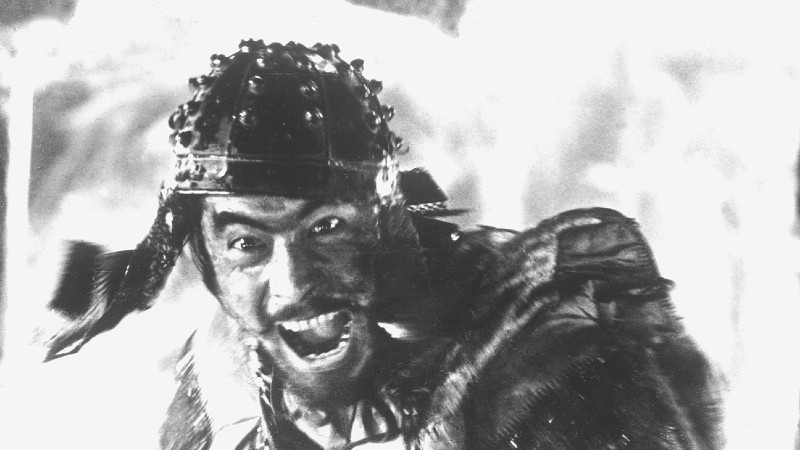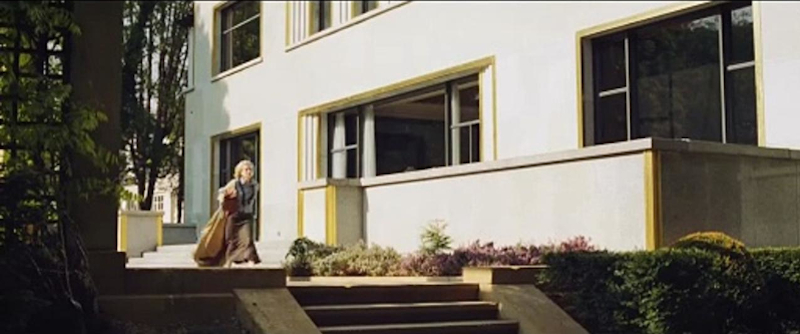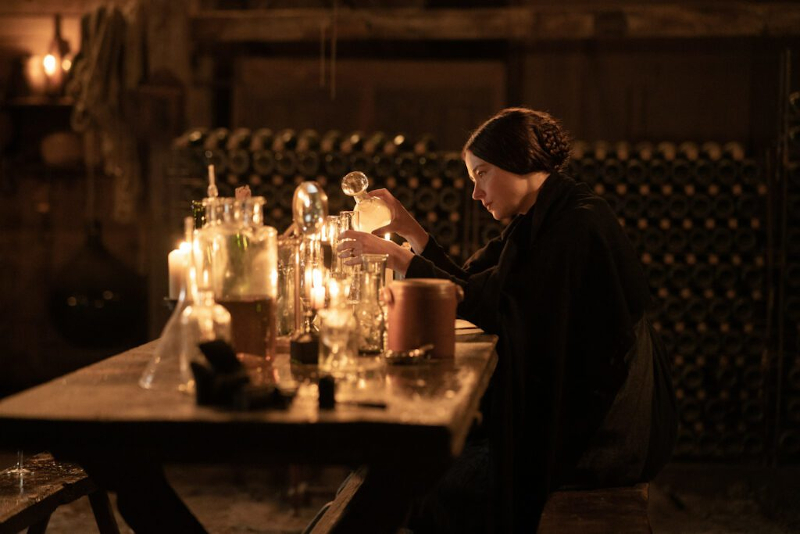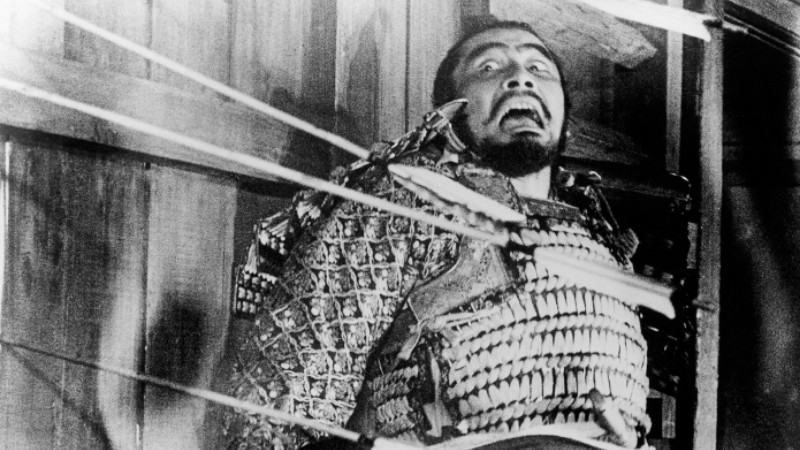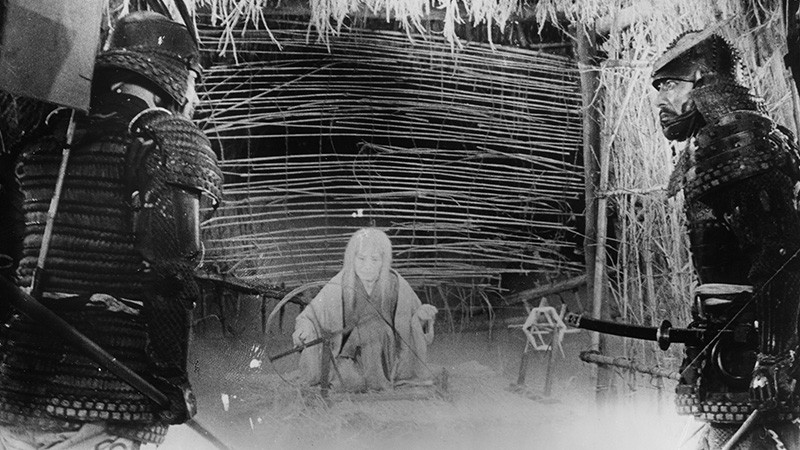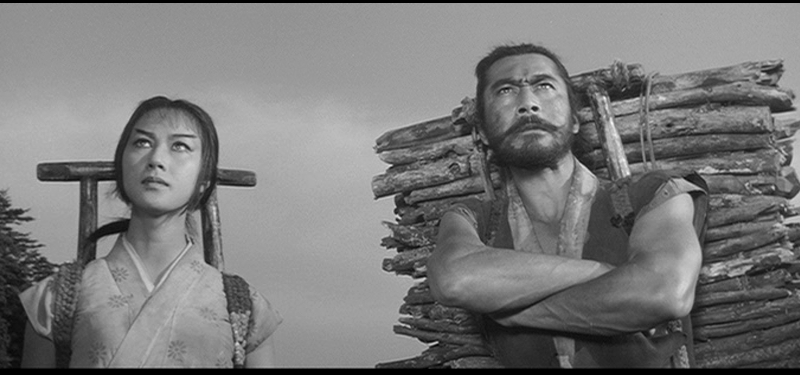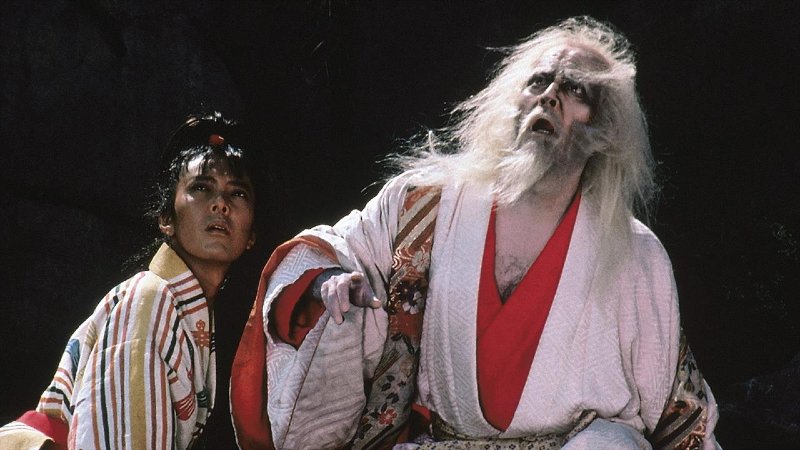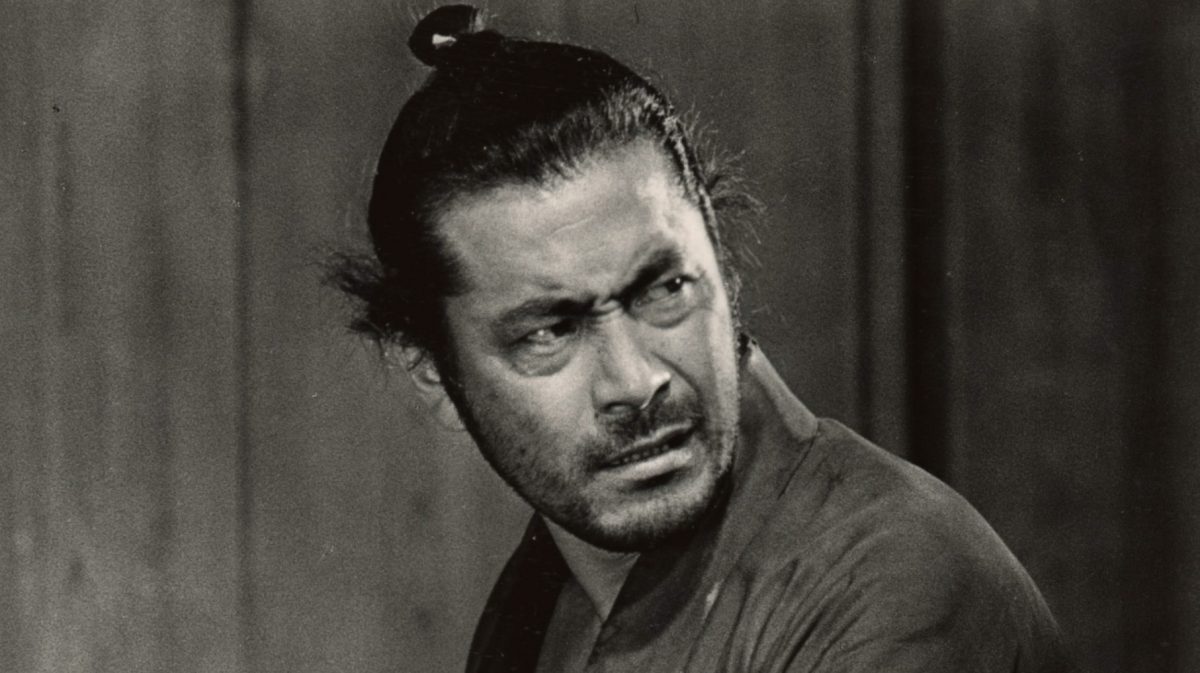Director – Akira Kurosawa – 1954 – Japan – Cert. PG – 207m 207m + 5m intermission – Oscar nominated
Seven samurai must defend a poor village of farmers from bandits in one of the greatest action movies ever made – – both released in cinemas in a brand-new, 70th anniversary, 4k restoration from Thursday, September 26th; and currently streaming on BFI Player alongside other Kurosawa films together with a much wider selection of Japanese movies; the film is also part of Art of Action, a major UK-wide season celebrating the artistry of real action choreography at cinemas across the UK from Monday, October 21st through December 2024
Seven Samurai opens with a group of horsemen on a horizon. Notwithstanding the Japanese titles on the screen, you could be watching a Hollywood Western. Although what follows is a tale of samurai, bandits and farmers, it’s so close to ideas in a Western that Hollywood replaced sword with guns and retooled it as the hugely successful The Magnificent Seven (1960).
The plot concerns a small farming village threatened by bandits, who attack at harvest time and take all the crops. The farmers find a group of samurai prepared to defend them against the bandits in return for food and lodging.… Read the rest
